Looking for the best toys to foster your child’s development? Look no further! This article will explore the top 10 learning resource toys to boost your child’s cognitive, social, and emotional development.
These toys have been carefully selected based on their ability to engage children and enhance their learning experience. From building blocks that promote problem-solving skills to educational puzzles that improve critical thinking, each toy on our list offers unique opportunities for your child to learn and grow.
Whether your child is just starting their learning journey or needs a little extra challenge, a toy on this list is perfect. But choosing suitable toys is not just about their educational value. We also considered factors such as durability, safety, and overall engagement to ensure that these toys provide your child with a well-rounded and enjoyable playtime experience.
So, get ready to dive into the world of learning resource toys and discover the perfect tools to support your child’s development. Let’s explore the top 10 toys to spark your child’s imagination and set them on lifelong learning.
Here is our list of Top 10 Learning Resources Toys In 2024
| Product | Rating | Price |
Learning Resources 3060 Farmers Market Color Sorting Set |
9.3
|
|
Learning Resources Primary Science Sensory Tubes – Set of 4 Tubes |
8.6
|
|
New Sprouts Grow It! Toddler Gardening Set – 9 Pieces, Ages 2+ Toddler Learning Toys |
9.5
|
|
STEM Explorers Brainometry – 34 Pieces, Ages 5+ STEM Toys for Kids, |
8.2
|
|
Learning Resources Spike The Fine Moto |
8.3
|
|
Mini ABC Pops, 52 Pieces, Ages 3+, Alphabet Recognition, Fine Motor Skills Toys |
9.2
|
|
New Sprouts Deluxe Market Set – 32 Pieces, Ages 18+ months Pretend Play Food for Toddlers |
10
|
|
Rainbow Sorting Crayons – 56 Pieces, Ages 3+ Kids Crayons |
7.5
|
|
PlayShifu Educational Word Game-Plugo Letters Kit+App with 9 Learning Games |
7.83
|
|
MathLink Cubes Kindergarten Math Activity Set |
7.6
|
why Learning Resources Toys matter
Learning resources and toys are crucial in children’s cognitive and educational development. These educational toys are designed to engage children in a way that promotes learning and skill development. Several vital reasons highlight the significance of learning resources and toys:
- Hands-On Learning: Resource toys provide a hands-on learning experience, allowing children to explore and interact tangibly with concepts. This hands-on approach enhances their understanding of various subjects such as mathematics, science, and language.
- Promoting Creativity: Many learning resources and toys are designed to stimulate creativity and imagination. These toys encourage children to think outside the box, problem-solve, and express themselves through play. This fosters a creative mindset that can benefit them in various aspects of life.
- Skill Development: Educational toys are often designed with specific learning goals. They help develop essential fine motor skills, problem-solving abilities, spatial awareness, and critical thinking skills. These skills form a solid foundation for academic success and personal growth.
- Early Exposure to Concepts: Learning resources and toys introduce children to fundamental concepts in a fun and engaging manner. For example, toys that involve counting or building can lay the groundwork for mathematical understanding. Early exposure to such concepts can make formal education more accessible and enjoyable.
- Enhanced Retention: Children tend to retain information better when they are actively engaged in the learning process. Learning resources and toys create an environment where kids can absorb information in a way that feels like play. This not only makes learning more enjoyable but also improves retention.
- Social Development: Many educational toys are designed for collaborative play. This fosters social skills such as communication, teamwork, and sharing. Learning to interact with others early is crucial for a child’s social development.
- Adaptability: Learning resource toys often come in various forms, catering to different learning styles and preferences. This adaptability ensures that children with diverse learning needs can find toys that suit their preferences, making education more inclusive.
Popular Types of Learning Resources Toys
Learning resources and toys are indispensable tools in fostering the holistic development of children. From enhancing cognitive skills to promoting social interaction, these toys play a crucial role in shaping young minds. Here, we will explore some popular types of learning resource toys that have gained acclaim for their educational value and ability to make learning an enjoyable experience.
Educational Games
Educational games are a cornerstone in the realm of learning resources and toys. They seamlessly integrate learning with fun, providing children with an interactive platform to acquire knowledge. These toys cater to various subjects, from math puzzles to language games, making education an engaging and entertaining journey.
BuildingBlocks
Building blocks are not just ordinary toys but architectural marvels for young minds. These toys encourage creativity and spatial awareness as children construct various structures. Building fosters problem-solving skills, laying a solid foundation for future learning.
Puzzles
Puzzles are timeless classics in the world of learning resources and toys. They come in various forms, from jigsaw puzzles to 3D puzzles, challenging children’s cognitive abilities. Solving puzzles enhances critical thinking, concentration, and memory, making them essential to any educational toolkit.
STEM Toys
Science, Technology, Engineering, and Mathematics (STEM) toys have recently gained immense popularity. These toys immerse children in hands-on experiences related to these core subjects. STEM toys make learning these concepts enjoyable and prepare children for future technological challenges.
Art and Craft Kits
Artistic expression is crucial to a child’s development, and art and craft kits provide the perfect avenue. These kits include various drawing, painting, and crafting materials, allowing children to explore their creativity while developing fine motor skills.
Interactive Storybooks
Storytelling is a powerful tool for learning, and interactive storybooks take this experience to the next level. These books combine narratives with interactive elements, such as sound effects or touch-sensitive features, enhancing language skills and fostering a love for reading.
Board Games
Board games offer a social and educational experience. From classics like Monopoly to modern strategy games, these toys promote strategic thinking, decision-making, and social interaction. They are an excellent way for families and friends to bond while engaging in educational play.
Musical Instruments for Kids
Introducing children to musical instruments early on enhances auditory and sensory development. Musical toys like mini keyboards, drums, and xylophones provide entertainment and lay the groundwork for understanding rhythm and melody.
Language Learning Toys
Toys facilitating language learning are essential for bilingual education or introducing a second language. These toys often use interactive methods, such as flashcards and interactive language games, to make language learning enjoyable and effective.
Coding Games and Robots
Introducing children to coding and robotics is becoming increasingly important in the digital age. Coding games and robot kits playfully teach basic programming concepts, preparing children for the tech-driven world they will navigate.
Benefits of Learning Resources Toys
Learning resources and toys are more than just playthings; they are powerful tools that contribute significantly to a child’s development. This section delves into the benefits of incorporating learning resources and toys into a child’s daily activities, highlighting the positive impact on cognitive, physical, and emotional growth.
Cognitive Development
One of the primary benefits of learning resource toys is their impact on cognitive development. These toys engage children in activities that stimulate their brains, promoting skills such as problem-solving, critical thinking, and logical reasoning. Whether it’s solving puzzles, playing educational games, or experimenting with STEM toys, the cognitive challenges these toys pose contribute to forming a solid and agile mind.
Motor Skills Enhancement
Physical interaction with learning resources and toys is crucial in developing motor skills. Activities like building with blocks, manipulating puzzles, and using arts and crafts materials require fine and gross motor movements. As children engage in these activities, they enhance their hand-eye coordination, agility, and overall physical control, laying the groundwork for various physical activities in the future.
Social and Emotional Growth
Learning resources toys are not just solitary pursuits; they often involve group play and interaction. Board games, collaborative building projects, and interactive storytelling contribute to social development. Children learn to share, take turns, and communicate effectively through these activities. Additionally, managing success and failure during play helps in emotional regulation, fostering healthy emotional intelligence.
Language Development
Toys that involve storytelling, interactive books, and language-learning games contribute significantly to language development. These activities expose children to new vocabulary, sentence structures, and language patterns enjoyably and naturally. Children engaging in conversations during play develop stronger communication skills vital for academic success and social interactions.
Creativity and Imagination
Learning resources and toys often provide an open-ended play environment stimulating creativity and imagination. Building with blocks, creating art, or inventing stories with dolls and action figures allows children to express themselves freely. Nurturing creativity from a young age fosters innovation and problem-solving abilities, essential skills for success in various aspects of life.
Confidence Building
Mastering challenges presented by learning resources toys boost a child’s confidence. Whether completing a complex puzzle, successfully building a structure, or achieving a goal in a game, these accomplishments contribute to a child’s sense of competence and self-esteem. This confidence can translate into a positive attitude towards learning and facing new challenges.
Preparation for School
Many learning resources and toys are designed to align with early educational concepts, providing a playful introduction to academic skills. This preparation can ease the transition to formal education, making learning a familiar and enjoyable experience for children. Activities like counting, identifying shapes, and letter recognition become natural extensions of their play.
Problem-Solving Skills
Learning resources toys often present challenges that require problem-solving. Whether figuring out how pieces fit together, strategizing in a board game, or troubleshooting a coding challenge, these activities develop a child’s ability to analyze situations and find practical solutions. These problem-solving skills are valuable in academic and real-world scenarios.
Challenges in Selecting Learning Resources Toys
While learning resources toys are invaluable tools for children’s development, selecting the right ones can pose challenges for parents, educators, and caregivers. The market is flooded with options, each claiming educational benefits. In this article, we delve into the challenges of choosing learning resources toys and guide on overcoming them.
Overwhelming Variety
The sheer diversity of learning resources toys available in the market can be overwhelming. From educational games and puzzles to STEM toys and interactive storybooks, the abundance of choices makes it challenging to pinpoint the most suitable options for a child’s needs.
Age Appropriateness
Ensuring that the selected toys are age-appropriate is a common challenge. Children progress at different rates, and what may be suitable for one child may not be for another. Striking the right balance between providing a challenge and avoiding frustration requires careful consideration of a child’s developmental stage.
Educational Value Assessment
Assessing the educational value of a learning resource toy can be complex. Parents and educators may struggle to determine how well a toy aligns with a child’s learning goals and developmental milestones. This challenge becomes more pronounced as educational claims on packaging can sometimes be misleading.
Safety Concerns
The safety of learning resources and toys is a paramount consideration. Small parts, sharp edges, and potential choking hazards are prevalent in certain toys. Ensuring that selected toys meet safety standards and guidelines becomes a critical challenge for those responsible for children’s well-being.
Balancing Technology and Tradition
The influx of technology in learning resources and toys introduces a dilemma for parents and educators. Striking a balance between traditional toys that foster hands-on experiences and tech-driven toys that offer interactive learning can be challenging. Deciding the appropriate mix becomes crucial for a well-rounded educational experience.
Budget Constraints
Financial considerations can pose challenges when selecting learning resources toys. High-quality educational toys sometimes come with a hefty price tag, and budget constraints may limit the options available to parents and educators. Finding affordable yet effective learning resources becomes a balancing act.
Peer Pressure and Trends
Children often express preferences based on what their peers have or what is currently trending. Navigating this aspect can be challenging for parents and educators, as they must balance meeting a child’s desires with selecting toys that genuinely contribute to educational goals.
Limited Reviews and Information
The lack of comprehensive reviews or detailed information about certain learning resources toys adds another layer of difficulty. Without sufficient feedback from other parents or educators, making an informed decision becomes challenging, and there is a risk of investing in toys that may not deliver the expected educational outcomes.
Factors to Consider When Choosing Learning Resource Toys
Selecting the proper learning resource toys is crucial for parents and educators. The market offers many options designed to cater to specific developmental needs. This section explores essential factors when choosing learning resource toys, ensuring these tools align with a child’s age, interests, and educational requirements.
Age Appropriateness
The child’s age is the first and foremost consideration when choosing learning resource toys. Different age groups have distinct developmental needs, and toys should be selected accordingly. Manufacturers often provide age recommendations on the packaging, helping parents and educators make informed choices that align with a child’s cognitive abilities and safety requirements.
Educational Value
The primary purpose of learning resource toys is to promote educational development. Therefore, it’s crucial to assess the educational value of a toy before making a purchase. Consider how the toy aligns with specific learning objectives, whether it enhances cognitive skills, motor skills, language development, or social interaction. Look for toys that offer a balance between entertainment and educational benefits.
Safety Considerations
Safety should be a top priority when choosing learning resource toys. Ensure the toys meet safety standards and regulations, especially regarding materials used, small parts, and potential choking hazards. Check for age-appropriate warnings and certifications to guarantee the toy is suitable for the intended age group. Always prioritize the well-being of the child during playtime.
Durability and Quality
Investing in durable, high-quality learning resource toys ensures longevity and a positive play experience. Consider the materials used in the toy’s construction and its overall build quality. Well-made toys withstand frequent use and maintain their educational value over time. Look for reputable brands known for producing quality educational toys.
Multi-Sensory Engagement
Effective learning often involves engaging multiple senses. Opt for learning resource toys that stimulate various senses, such as touch, sight, and hearing. Toys with textures, vibrant colors, and sound elements enhance the sensory experience, making learning more immersive and enjoyable for the child.
Flexibility and Versatility
Choose learning resource toys that offer flexibility and versatility in play. Open-ended toys that can be used in multiple ways encourage creativity and problem-solving. Toys that adapt to different developmental stages ensure that they remain relevant and challenging as the child grows.
Interest Alignment
Consider the child’s interests and preferences when selecting learning resource toys. Children are likelier to engage with and benefit from toys that align with their passions. Whether it’s a specific subject, theme, or type of play, tailoring the toys to the child’s interests enhances motivation and sustained engagement.
Reviews and Recommendations
Take advantage of reviews and recommendations from other parents, educators, and experts. Insights from those with firsthand experience with a particular learning resource toy can provide valuable information about its effectiveness, durability, and overall impact on a child’s development.
Budget Considerations
While the quality of the learning experience is paramount, it’s also essential to consider budget constraints. Look for learning resource toys that balance affordability and educational value. Research different options within your budget range to find the most suitable choices.
Storage and Maintenance
Practical considerations such as storage and maintenance should not be overlooked. Choose toys that are easy to clean and store. Transparent organizational systems for toys contribute to a clutter-free environment, making it easier for children to access and engage with their learning resources.
Top Learning Resources Toys in 2023
1-Learning Resources 3060 Farmers Market Color Sorting Set
The Learning Resources 3060 Farmers Market Color Sorting Set is a great educational toy for toddlers just starting to learn about colors and sorting. It comes with 25 pieces of realistic-looking play food in 5 different colors, 5 baskets, an activity guide, and stickers for labeling.
Kids will have a blast sorting the play food into the matching bushel baskets while they practice color recognition and sorting skills.
Plus, the play food pieces are soft, safe, and comfortable for little hands to grasp. The activity guide provides step-by-step instructions to help kids learn different sorting games.
This set makes an ideal gift for any little one, so give the gift of learning with this educational play food set!
2-Learning Resources Primary Science Sensory Tubes – Set of 4 Tubes, Ages 2+ Science Toys for Kids
The Learning Resources Primary Science Sensory Tubes are a great way to help kids explore and learn about science in a fun, safe way.
This set includes 4 tubes of different sizes with two solid lids and one vented lid, encouraging little ones to develop their sense of smell.
The dual openings also allow them to store small creatures securely, and the tubes are comfortable to hold, making them suitable for kids ages 2 and up.
However, these tubes are designed for children only, so adults may find them too small.
3-Learning Resources New Sprouts Grow It! Toddler Gardening Set – 9 Pieces, Ages 2+ Toddler Learning Toys
The Learning Resources New Sprouts Grow It! Toddler Gardening Set is an excellent learning toy for toddlers. It features 9 colorful and durable pieces with a realistic look and feel, perfect for hands-on activities that teach children about gardening and taking care of plants.
The set includes flowers, vegetables, a basket, a garden shovel, and a fork – ideal for developing vocabulary and social skills. The soft plastic pieces are safe and comfortable for toddlers and can be easily washed.
This set is an excellent way for toddlers to have fun while developing their imaginative play and social skills.
4-Learning Resources STEM Explorers Brainometry – 34 Pieces, Ages 5+ STEM Toys for Kids, Brain Teaser Toys and Games
The Learning Resources STEM Explorers Brainometry – 34 Pieces is a great way to enhance your child’s learning and development. This set has 34 STEM puzzles designed to help your child improve their problem-solving and critical thinking skills.
It includes 10 challenges to help your child explore and sort shapes quickly. The pieces are made from durable plastic, making them safe and comfortable for your child to handle, and they are brightly colored for extra engagement and fun.
This set is perfect for any child, providing hours of entertainment and helping them build new skills. Plus, it is available at an affordable price, making it an excellent gift for any occasion.
Overall, this set from Learning Resources is an excellent way to help your child learn while having fun!
5-Learning Resources Spike The Fine Moto
Learning Resources Spike The Fine Moto is an excellent toy for toddlers and preschoolers to develop fine motor skills. It features a friendly hedgehog with colorful quills that help to build color recognition, sorting, and counting skills.
It is comfortable, safe, and perfect for those with visual impairments. It includes a 2-piece hedgehog, 12 quills, and an activity guide. It is easy to store and an ideal gift for birthdays, Christmas, and other special occasions.
It is an excellent choice for parents who want to promote fine motor skills and creativity.
6-Learning Resources Mini ABC Pops, 52 Pieces, Ages 3+, Alphabet Recognition, Fine Motor Skills Toys
The Learning Resources Mini ABC Pops are a great way to introduce your child to the alphabet and help them develop critical fine motor skills. The two-piece Mini ABC Pops feature 26 uppercase letters that fit nicely in the palms of children’s hands.
They come packed in a clear plastic storage jar for easy cleanup and organization. These Mini ABC Pops also feature vocabulary words and beginning sounds that help children learn to recognize letters and words. Additionally, they help build hand strength, coordination, and other fine motor essentials.
These Mini ABC Pops are safe and comfortable for children, although they are only suitable for children.
7-Learning Resources New Sprouts Deluxe Market Set – 32 Pieces, Ages 18+ months Pretend Play Food for Toddlers
The Learning Resources New Sprouts Deluxe Market Set is an excellent educational toy for toddlers and is a great way to introduce them to different shapes, sizes, and colors of food. With 32 pieces of soft, crush-resistant plastic food items in a variety of colors and shapes, this set encourages imaginative play and helps develop role play and fine motor skills.
The pieces are made of safe and comfortable materials, so parents don’t have to worry about the safety of their children. The only downside is that it is only suitable for children from 18 months and up, so it may not be suitable for younger children.
Overall, it’s a great educational toy for toddlers that encourages learning and provides hours of fun.
8-Learning Resources Rainbow Sorting Crayons – 56 Pieces, Ages 3+ Kids Crayons
The Learning Resources Rainbow Sorting Crayons is an ideal educational set for kids that stimulates their fine motor and organizational skills. It includes 8 cardboard crayons with plastic lids in a range of colors: brown, red, yellow, green, purple, pink, blue, and orange, and 48 manipulative pieces in total with a storage box. It’s designed to help kids develop color identification, vocabulary, patterning, and counting skills.
The crayons are comfortable, and the plastic lids are safe for children. However, these crayons are only suitable for children and not adults.
The Learning Resources Rainbow Sorting Crayons is a great educational set promoting learning through play.
9-PlayShifu Educational Word Game-Plugo Letters Kit+App with 9 Learning Games, STEM Toy Gifts for Kids Age 4-8 Phonics
PlayShifu Educational Word Game-Plugo Letters Kit+App is an excellent and entertaining way for your child to learn the basics of language and word building. It is a perfect choice for children between the ages of 4 and 10 and comes with a gamepad, 48 letter tiles, and an app with 9 interactive games.
The app is compatible with iOS and Android devices and Amazon Fire devices, but check the compatibility list before buying the kit.
This kit will provide your child with fun and educational experiences while honing their linguistic, reading, comprehension, cognitive, and motor skills.
10-Learning Resources MathLink Cubes Kindergarten Math Activity Set: Dino Time! 115 Pieces, Ages 5+ Kindergarten STEM Activities, Math Games for Kids,
The Learning Resources MathLink Cubes Kindergarten Math Activity Set: Dino Time! is an excellent way for young learners to have fun while developing their math skills. It includes 100 MathLink Cubes in 10 dino-themed colors and 15 double-sided activity cards with plenty of math puzzles.
The cubes are made of a flexible, safe, and comfortable material for small hands to use. The bright colors and fun dinosaur design make this math activity an exciting way to introduce your children to math. It is also great for homeschooling, classrooms, and fun activities at home.
All in all, this set is an ideal way to get your children interested in math in a fun and interactive way.
How to Incorporate Learning Resource Toys into Daily Playtime
Learning resource toys are not just tools for occasional use; they can become integral parts of a child’s daily playtime, contributing to their ongoing development. This section will explore practical ways to seamlessly integrate learning resource toys into everyday play, ensuring a balance between fun and educational growth.
Create Designated Learning Spaces
Set up specific areas in your home dedicated to learning and play. These spaces can be filled with various learning resource toys, creating an environment that encourages exploration and curiosity. Having a designated learning space signals to the child that playtime involves educational engagement.
Establish a Routine
Incorporate learning resource toys into your daily routine. Whether it’s a morning session before other activities or an evening wind-down, having a consistent time for play fosters a sense of structure and expectation. Children thrive on routine, and integrating educational play becomes a natural part of their day.
Theme-Based Learning Days
Designate specific days for different themes. For example, Mondays could focus on puzzles, Tuesdays on building blocks, etc. This approach adds an element of excitement to each day and ensures that various skills are addressed throughout the week.
Combine Learning with Everyday Activities
Integrate learning into daily tasks and activities. For example, use counting toys during snack time, incorporate storytelling with interactive books before bedtime, or introduce science concepts during outdoor play. This way, learning becomes intertwined with everyday experiences.
Follow the Child’s Interests
Observe your child’s interests and tailor the learning resource toys accordingly. If they are fascinated with animals, incorporate toys that teach about different species. Adapting to their preferences ensures engagement and makes learning a personalized and enjoyable experience.
Be a Playful Learning Partner
Join your child in their playtime adventures. Actively use learning resource toys, ask questions, and provide guidance. Being a playful learning partner strengthens your bond and reinforces the importance of learning through play.
FAQs about learning resource toys
Here are some FAQs about learning resource toys:
What are learning resource toys?
Learning resource toys are educational tools designed to engage children in a fun and interactive way while promoting various learning skills. These toys enhance children’s cognitive, motor, and social development.
How do learning resource toys benefit children’s development?
Learning resource toys offer a range of benefits, including improved problem-solving skills, enhanced creativity, better hand-eye coordination, and the development of social skills through group play. They create a dynamic environment that encourages exploration and learning.
Are learning resource toys age-specific?
Learning resource toys are often designed with specific age groups in mind. Manufacturers consider developmental milestones to create age-appropriate and challenging toys for a child’s current skill level.
What types of skills can children develop with learning resource toys?
Learning resource toys can help children develop a wide range of skills, including cognitive skills such as memory and problem-solving, fine and gross motor skills, language and communication skills, social skills through interaction, and even basic academic skills.
How can parents choose suitable learning resource toys for their child?
Parents should consider the child’s age, interests, and developmental stage when selecting learning resource toys. Look for toys that align with the child’s current abilities while providing a level of challenge to encourage growth and learning.
Can learning resource toys be used as a supplement to formal education?
Absolutely! Learning resource toys can complement formal education by reinforcing concepts taught in school. They provide a hands-on, experiential approach to learning, making educational concepts more tangible and memorable for children.
Are there specific safety considerations for learning resource toys?
Yes, safety is paramount. Parents should check for age-appropriate labeling, ensure that toys meet safety standards, and inspect for small parts that could pose a choking hazard. It’s also essential to follow any provided guidelines for proper use.
How can learning resource toys encourage independent learning?
Many learning resource toys are designed to promote independent exploration and discovery. These toys often encourage children to experiment, solve problems, and think critically independently, fostering a sense of independence and self-directed learning.
Are there any recommended learning resource toys for children with special needs?
There are learning resource toys specifically designed for children with special needs. These toys cater to various developmental challenges and can be valuable tools for promoting inclusion and addressing individual learning styles.
Can learning resource toys be shared among siblings or friends?
Yes, many learning resource toys are versatile and can be enjoyed by multiple children. Sharing toys promotes social interaction, cooperation, and the development of interpersonal skills among siblings or friends.
Conclusion
In conclusion, learning resources and toys are potent catalysts for a playful and practical education. From cognitive development to social learning, these toys offer a holistic approach to nurturing young minds. By understanding the various types, benefits, and integration strategies, educators and parents can unlock the full potential of learning through play.
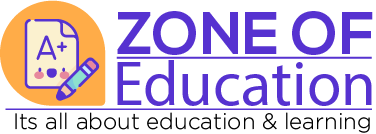
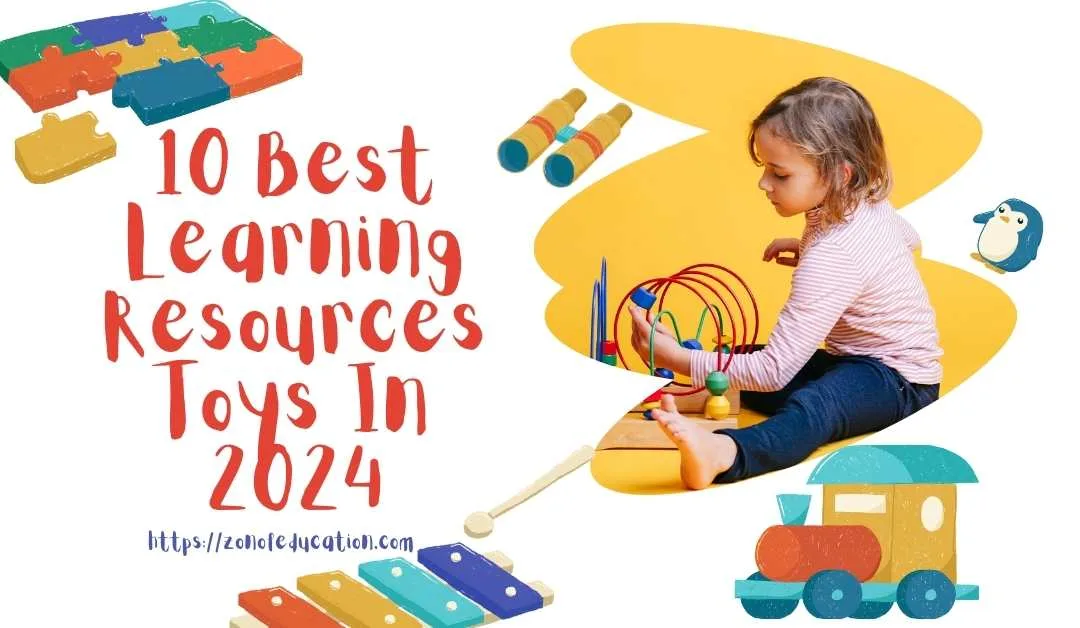










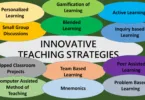
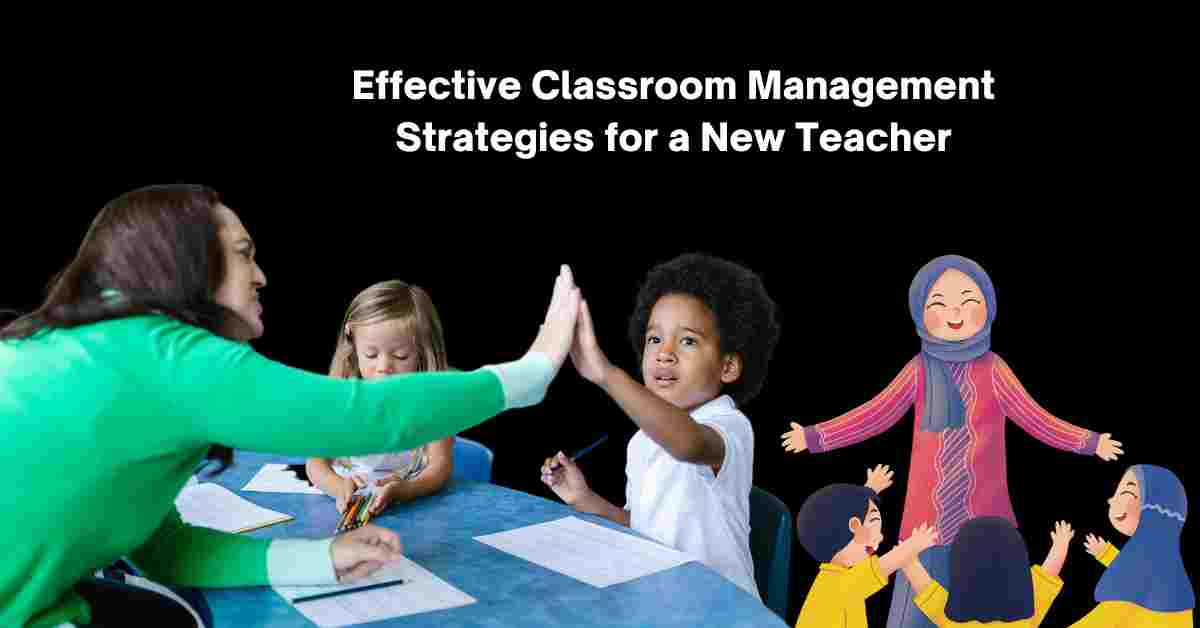
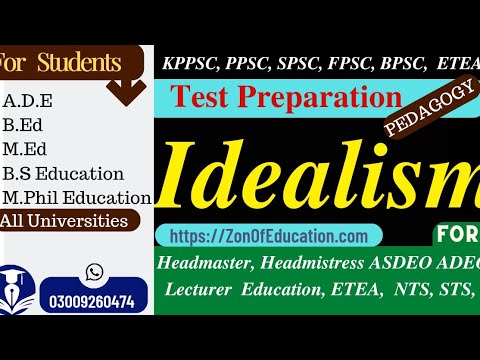
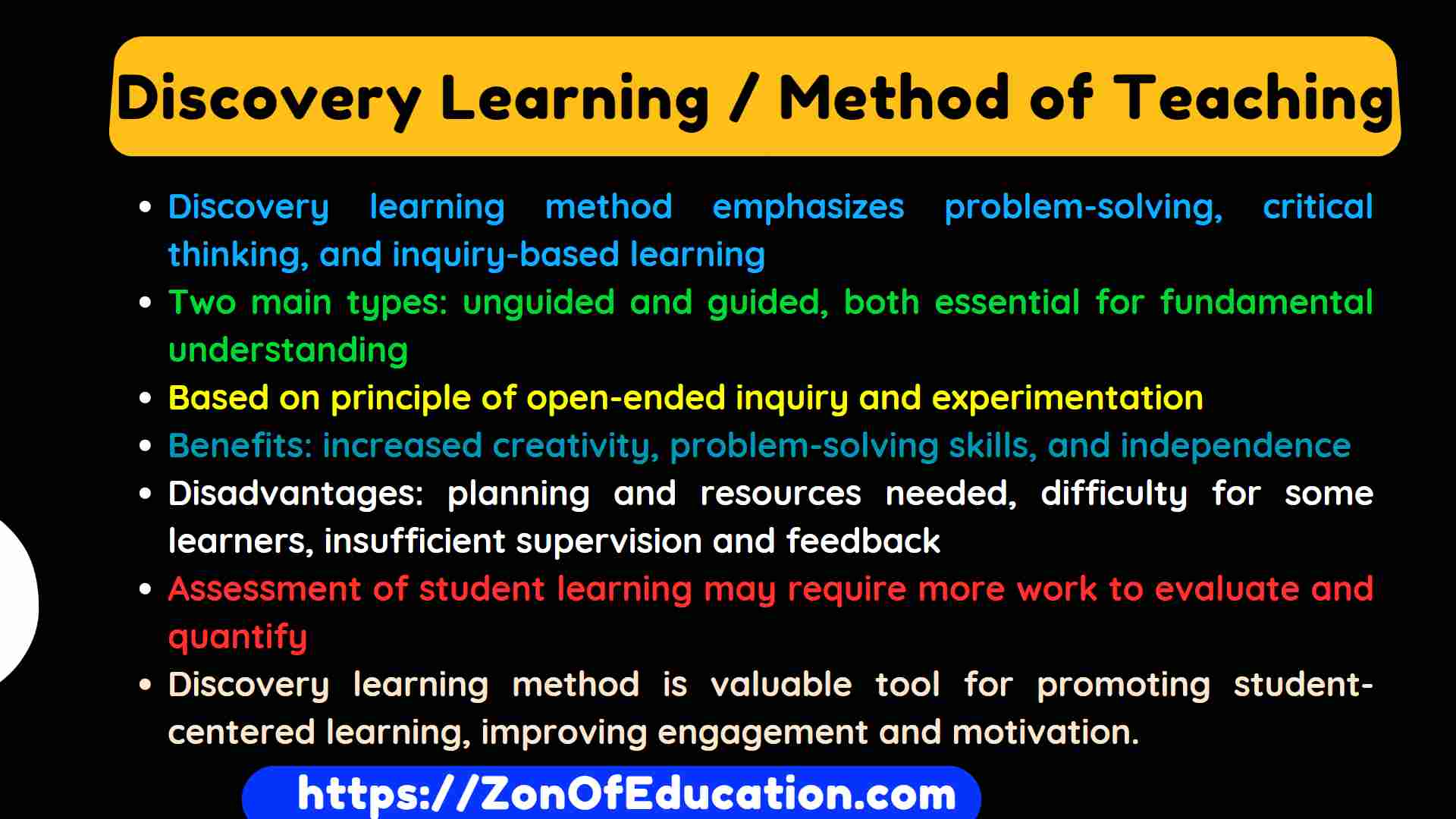
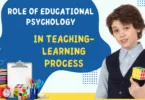
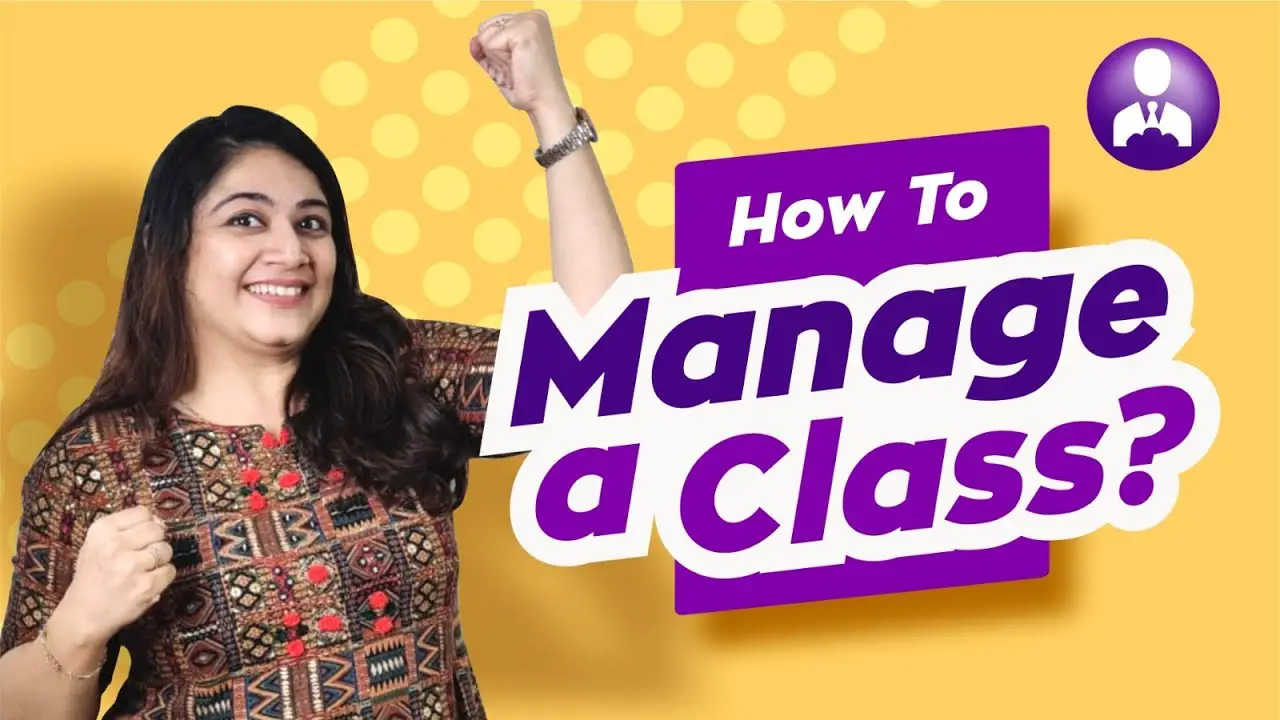
[…] educator plays a parallel role in the school. He can guide the educand appropriately because he knows the rules […]
[…] Playing affords education not only during childhood, for people learn many things through playing even in adult life. It also provides an opportunity for constructive activity. Games are an important medium of constructive or creative education. […]
[…] considered education as writing a story on a clean slate. The educator plays a crucial role in shaping the child’s character and […]
[…] Learning Resources Helping Hands Fine Motor Tool Set Toy is an excellent choice for children who want to improve their fine motor skills and engage in […]
[…] philosophies play a crucial role in shaping educational theories, policies, and practices by providing frameworks that prioritize student-centered […]
[…] and Resources: Technology provides students instant access to information, research materials, and educational resources, expanding their learning […]
[…] learning plays a vital role in education by providing students with opportunities to engage actively with course material, develop practical […]
[…] has played an important role in shaping education throughout history. Philosophers have explored fundamental questions about the purpose and nature […]
[…] Educational psychology plays a fundamental role in shaping teaching and learning practices, offering valuable insights and strategies to optimize the educational experience for both educators and students. Exploring the intricacies of human learning, development, and behavior, educational psychology informs teaching approaches, curriculum design, assessment methods, and classroom management techniques. Here are several key aspects highlighting the role of educational psychology in teaching and learning: […]